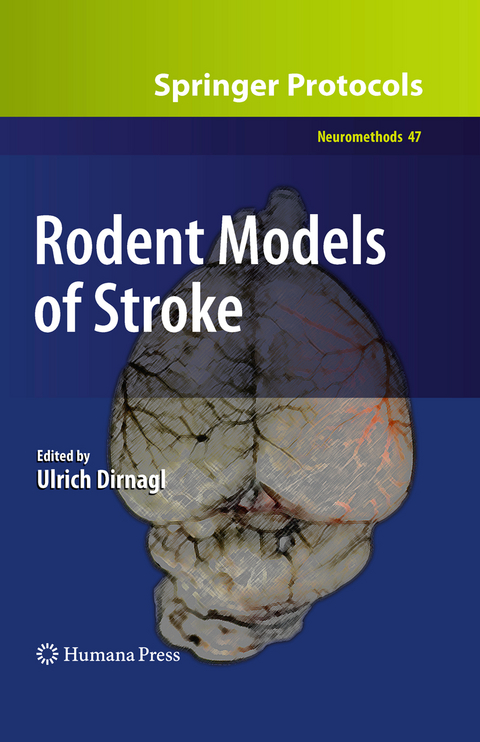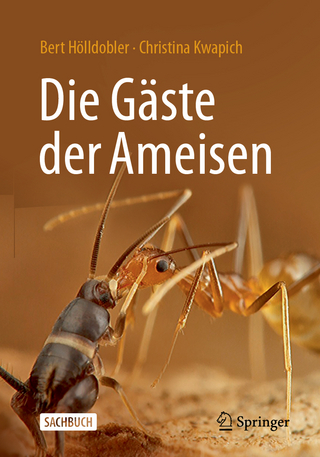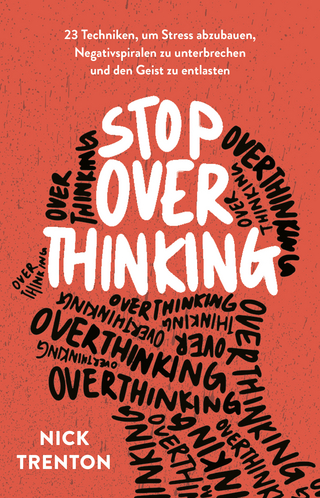
Rodent Models of Stroke
Humana Press Inc. (Verlag)
978-1-4939-5807-8 (ISBN)
Stimulating and easy-to-use, Rodent Models of Stroke will help its readers understand the limitations and the opportunities of modeling stroke in rodents and enable them to conduct experiments which will not only improve our understanding of the pathophysiology of this devastating disorder but also serve as the basis for developing new highly effective treatments.
From Bedside to Bench: How Clinical Reality Should Instruct Stroke Modeling.- How to Avoid Bumping into the Translational Roadblock.- Modeling Focal Cerebral Ischemia in Rodents: Introduction and Overview.- Focal Cerebral Ischemia in the Mouse and Rat Using the Intraluminal Suture–Filament Model.- Focal Ischemia Models: Middle Cerebral Artery Occlusion Induced by Electrocoagulation, Occluding Devices, and Endothelin-1.- Rodent Models of Thromboembolic Stroke.- Photochemical and Endothelin Models of Focal Brain Ischemia.- Housing in an Enriched Environment: A Tool to Study Functional Recovery After Experimental Stroke.- Modeling Risk Factors and Confounding Effects in Stroke.- Effect of Anesthesia in Stroke Models.- Noninvasive Brain Imaging in Small Animal Stroke Models: MRI and PET.- Non-invasive Optical Imaging in Small Animal Models of Stroke.- Behavioral Testing in Mouse Models of Stroke.- Behavioral Testing in Rodent Models of Stroke.- Histology and Infarct Volume Determination.- Ethics of Modeling of Cerebral Ischemia in Small Animals.- Quality Control and Standard Operating Procedures.- Statistics in Experimental Stroke Research: From Sample Size Calculation to Data Description and Significance Testing.- Complexities, Confounders, and Challenges in Experimental Stroke Research: A Checklist for Researchers and Reviewers.
| Erscheinungsdatum | 19.08.2017 |
|---|---|
| Reihe/Serie | Neuromethods ; 47 |
| Zusatzinfo | XII, 286 p. |
| Verlagsort | Totowa, NJ |
| Sprache | englisch |
| Maße | 178 x 254 mm |
| Themenwelt | Medizin / Pharmazie ► Medizinische Fachgebiete |
| Medizin / Pharmazie ► Studium | |
| Naturwissenschaften ► Biologie ► Humanbiologie | |
| Naturwissenschaften ► Biologie ► Zoologie | |
| ISBN-10 | 1-4939-5807-0 / 1493958070 |
| ISBN-13 | 978-1-4939-5807-8 / 9781493958078 |
| Zustand | Neuware |
| Haben Sie eine Frage zum Produkt? |
aus dem Bereich


